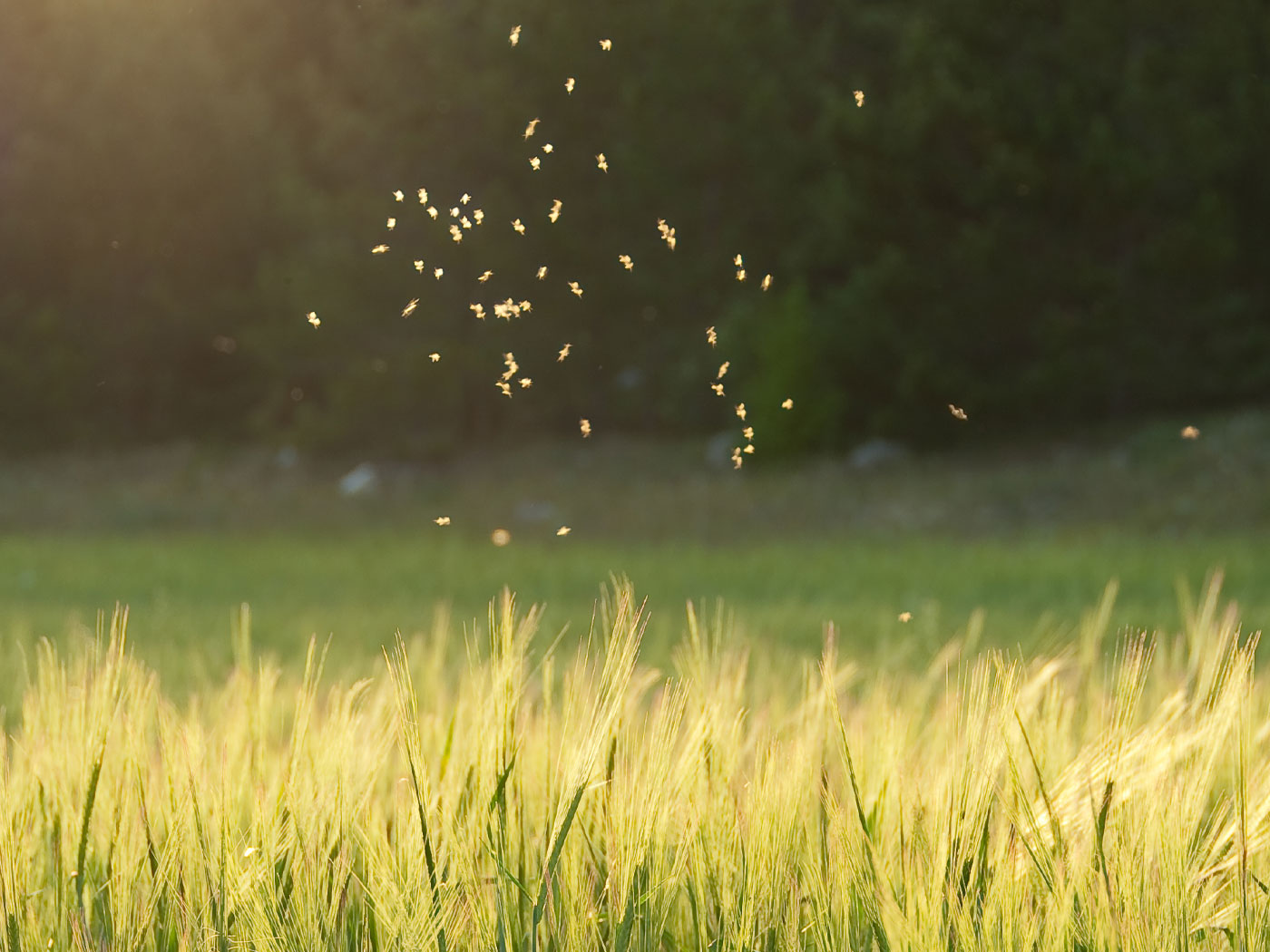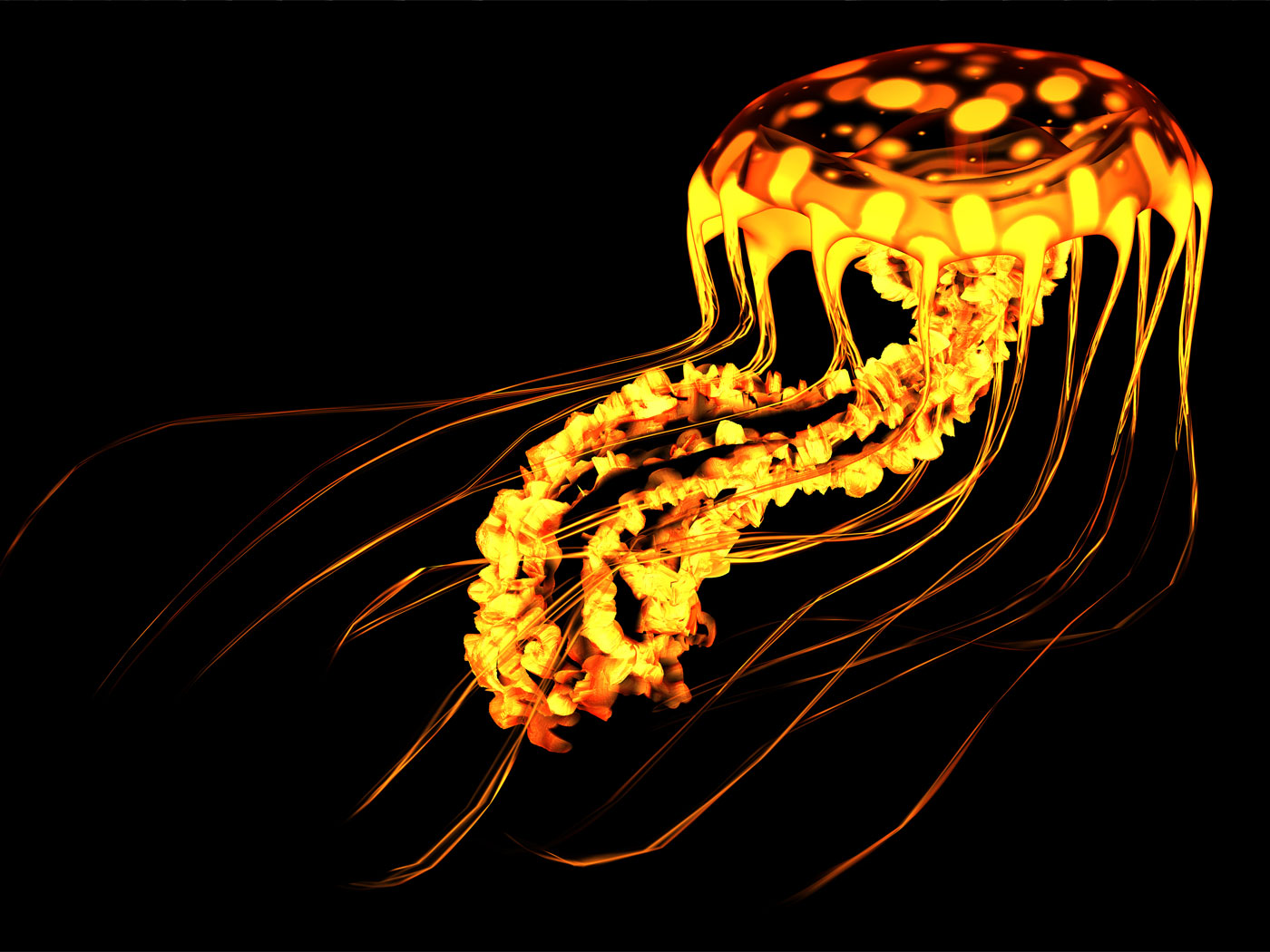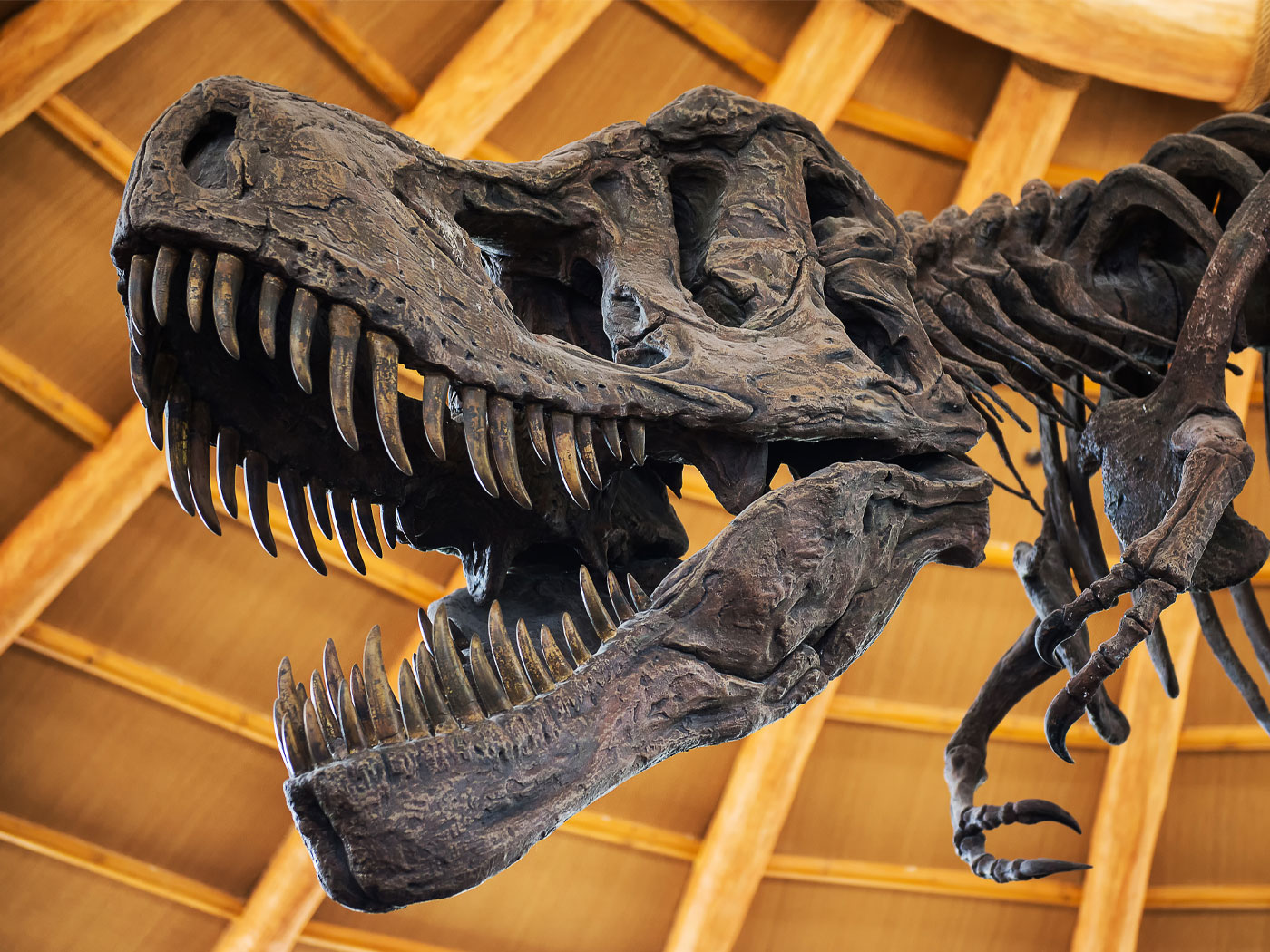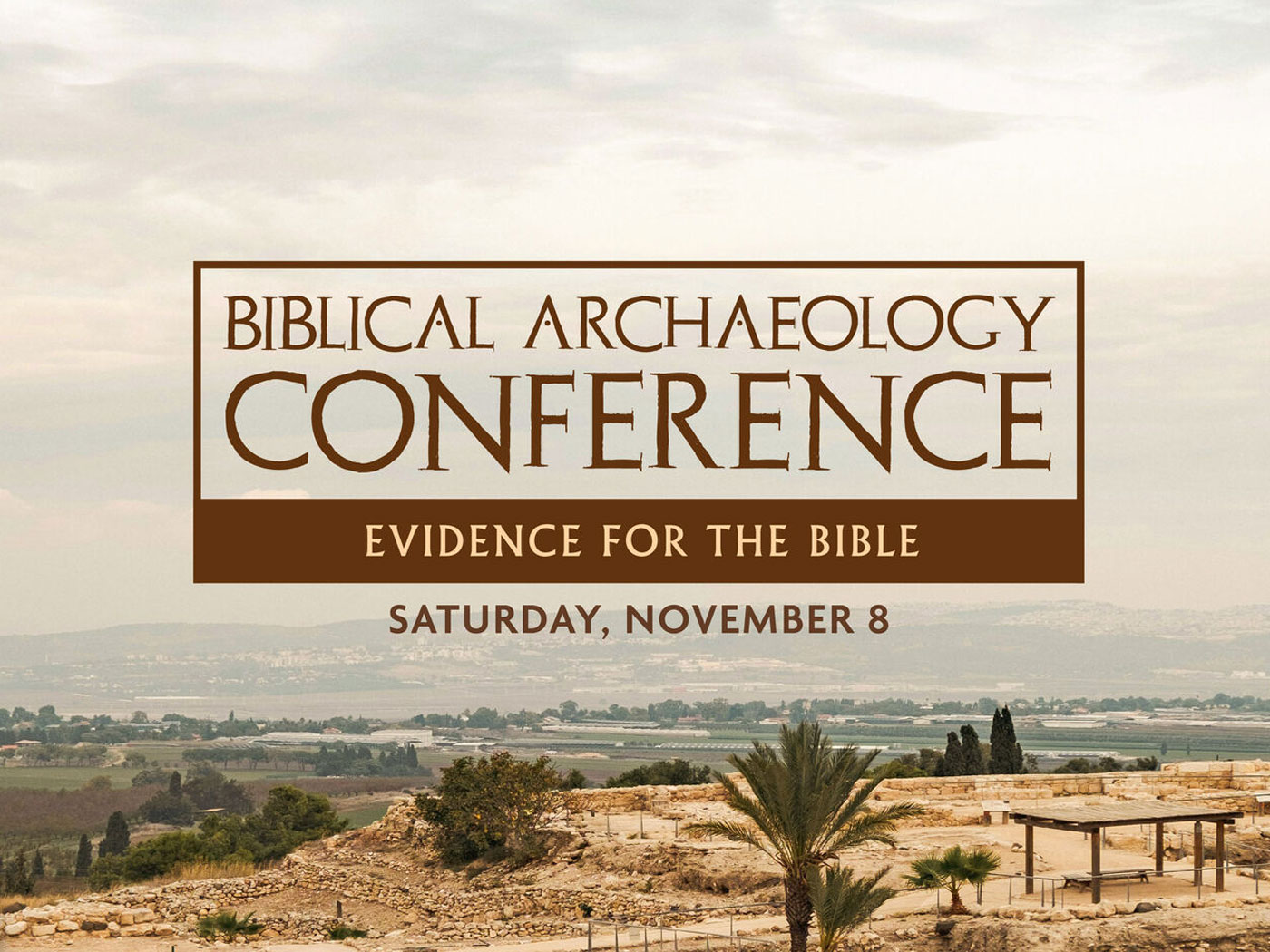"I am full, having received of Epaphroditus the things which were sent from you, an odour of a sweet smell, a sacrifice acceptable, wellpleasing to God." (Philippians 4:18)
The reference in this text goes back to the "sweet savour" that God smelled when Noah offered his initial sacrifice after disembarking from the year-long Flood. That offering triggered a promise from God that He would never again curse the earth or destroy every living thing with water, as the Flood had done. Furthermore, the Lord promised to maintain the seasons and functions of the earth until the end (Genesis 8:20-21).
Later, Moses would bring the Lord's instructions for those laws of Israel that would keep the nation separate from the rest of the world and constantly remind them of the very personal relationship that the Creator of all things was establishing with them. Some of the sacrifices would be an "offering by fire unto the Lord, a burnt offering, or a sacrifice in performing a vow, or in a freewill offering, or in your solemn feasts, to make a sweet savour unto the Lord" (Numbers 15:3).
It is interesting to note that the twice-born are "unto God a sweet savour of Christ" (2 Corinthians 2:15). Our very existence as His children smells good to our Heavenly Father! We are also compared to living stones that are being built into a spiritual house that is "to offer up spiritual sacrifices, acceptable to God by Jesus Christ" (1 Peter 2:5). Our bodies are to be "living sacrifices" (Romans 12:1) that render the "sacrifice of praise" (Hebrews 13:15), while God Himself is making us "perfect in every good work to do his will, working in you that which is wellpleasing in his sight, through Jesus Christ" (Hebrews 13:21). HMM III














